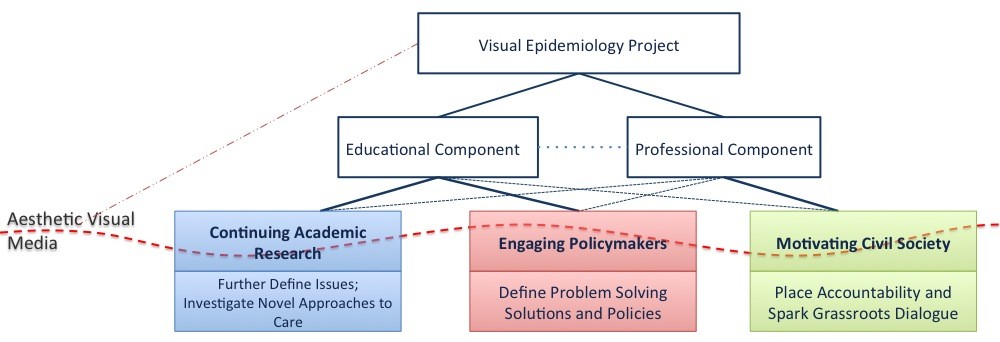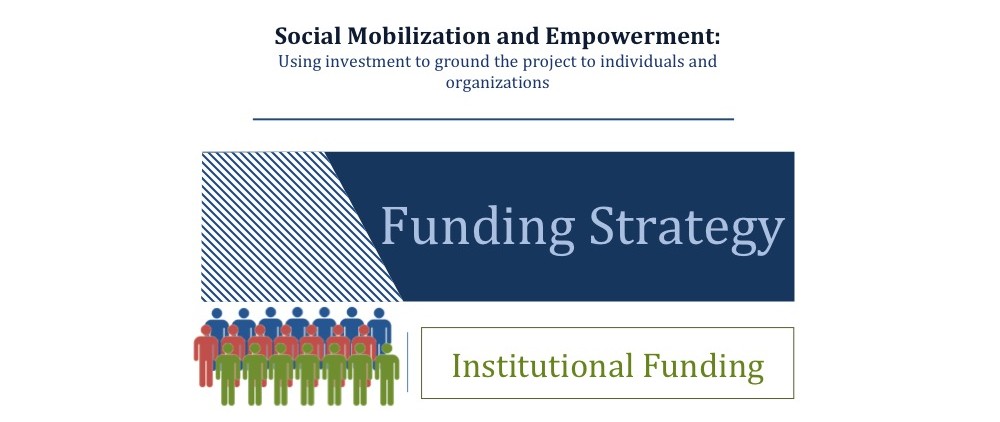Building Relatable Bonds Through Nonlinear Connections
Almost all films or videos dealing with global health issues focus very linearly on the disease. Even if it is those affected by disease speaking out on their illness, there remains a barrier to creating a meaningful connection. This approach simply repackages information and presents it in a slightly different manner. This is a common pitfall in using visual media to spark motivation – it can bore civil society and is not telling researchers anything they do not already know. Saturated with today’s media, people do not have to think for themselves, or draw their own conclusions. They are simply “told” about the issue. Ultimately, a linear approach creates a weak bond between the viewer and the global health issue at hand. They don’t feel it.
Knowing something is different than feeling something.
When people draw their own conclusions, the bond grows stronger. When people can relate to the individual, the bond becomes meaningful. We create films that step away from the discussion of disease, sometimes entirely, to explore the impact of the issue in the broader context of an individual’s life. We peel away the cover of the disease and explore common threads of humanity that all individuals experience. A husband fibbing about liking his wife’s cooking, a father getting onto his son for listening to music to loud, the anticipation of a wedding – and the daughter that follows – these are universal bonds that we all share. By emphasizing such relatable aspects of life, in a nonlinear fashion we are free to demonstrate how these bonds can become affected by the course of disease. Drawing their own conclusions, viewers become galvanized to act. It becomes visceral – an emotion. Once we turn an epidemic into an emotion, we motivate change.
Our goal is accomplish this with positive messaging. People know that diseases cause morbidity and mortality – it is all to easy to focus on despair. Our web browsers and television stations are saturated with negative messaging. Negative messaging often seeks to polarize issues, which is often counter productive. Our grandest challenge is to turn this human suffering into a positive catharsis – conveying a message of hope and providing a way forward.
Our Strategy
Targeting Key Audiences
Visual Epidemiology uses a project-based format to approach a variety of global health issues. For each project, Visual Epidemiology has defined three key audiences: researchers, decision-makers, and civil society.
For each of our projects, the end product is not simply a film. We use visual media in a highly strategic, diverse manner to promote continued academic research, enact appropriate policy changes, and motivate civil society on the project’s issue.
There is no doubt that these three components are always occurring in global health, but rarely are they truly threaded together on a unified front. Using a diverse set of tactics – all targeted to a single ‘project’ – Visual Epidemiology provides a center point for mobilization on the issue.
[INSERT CONTENT]
Mixed-method Project Funding
[INSERT CONTENT]

